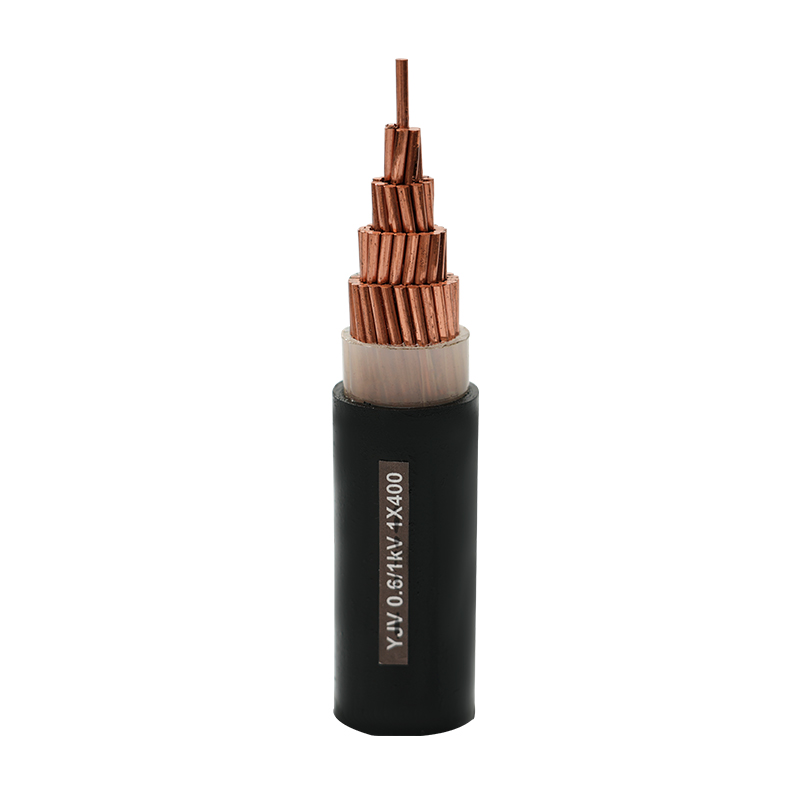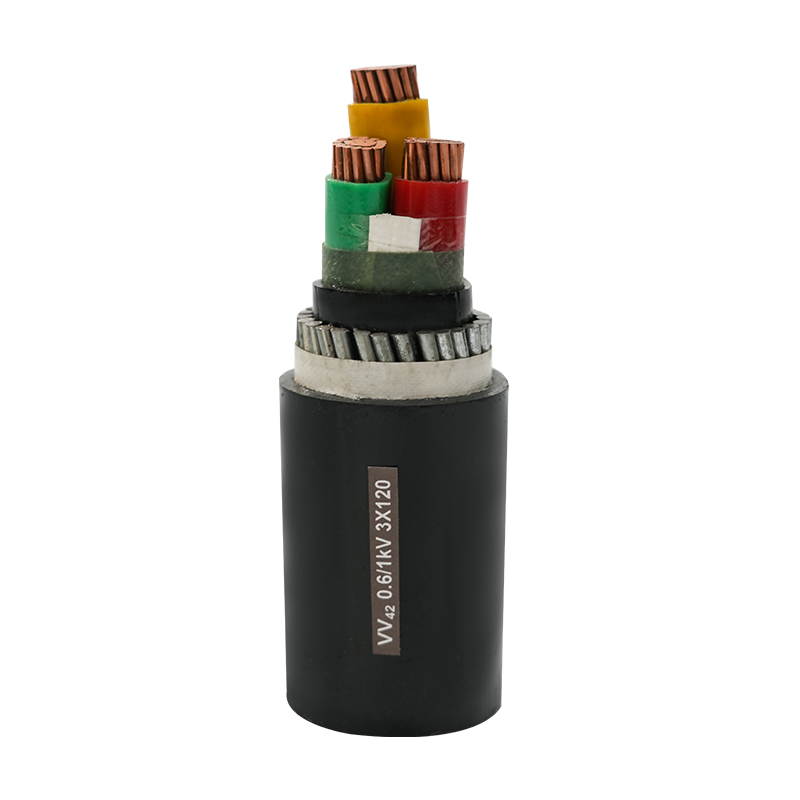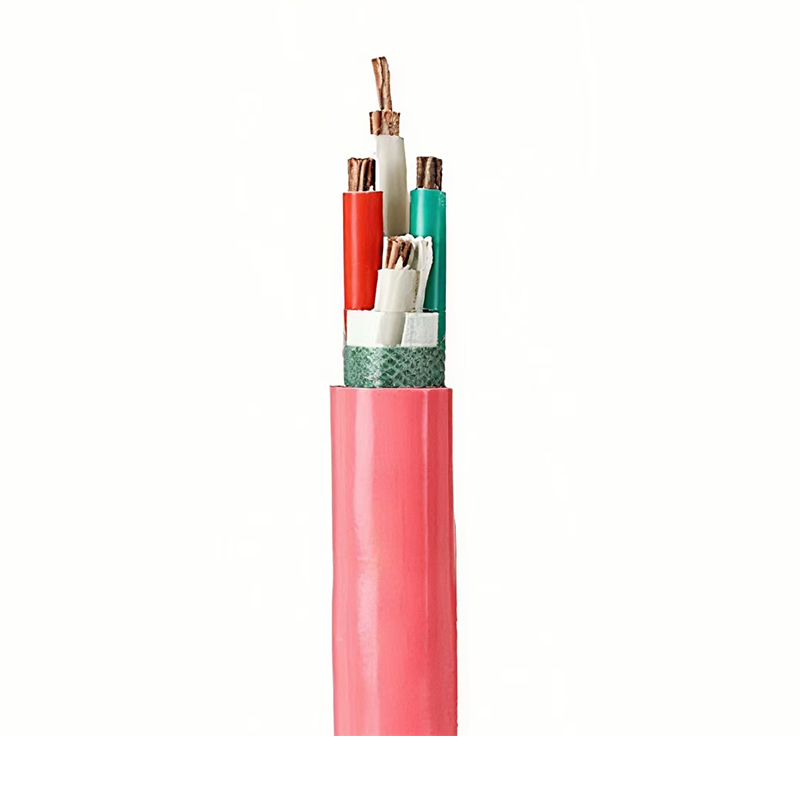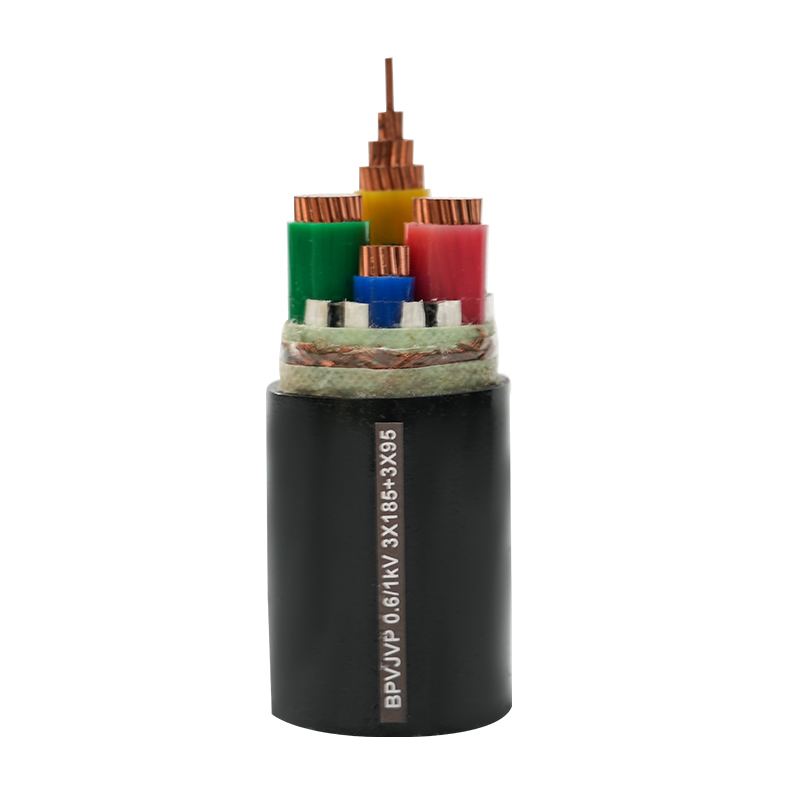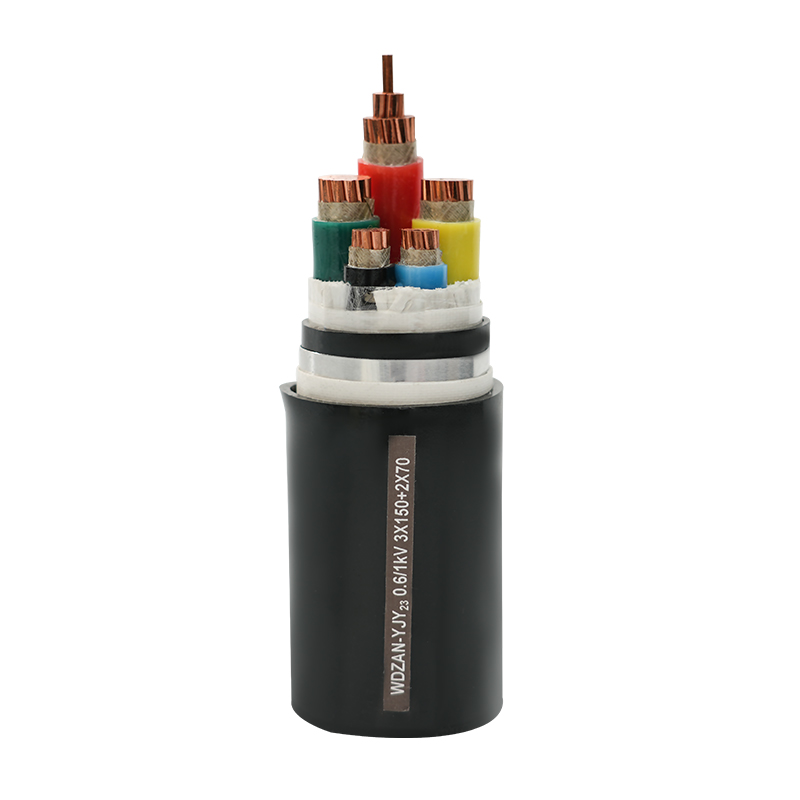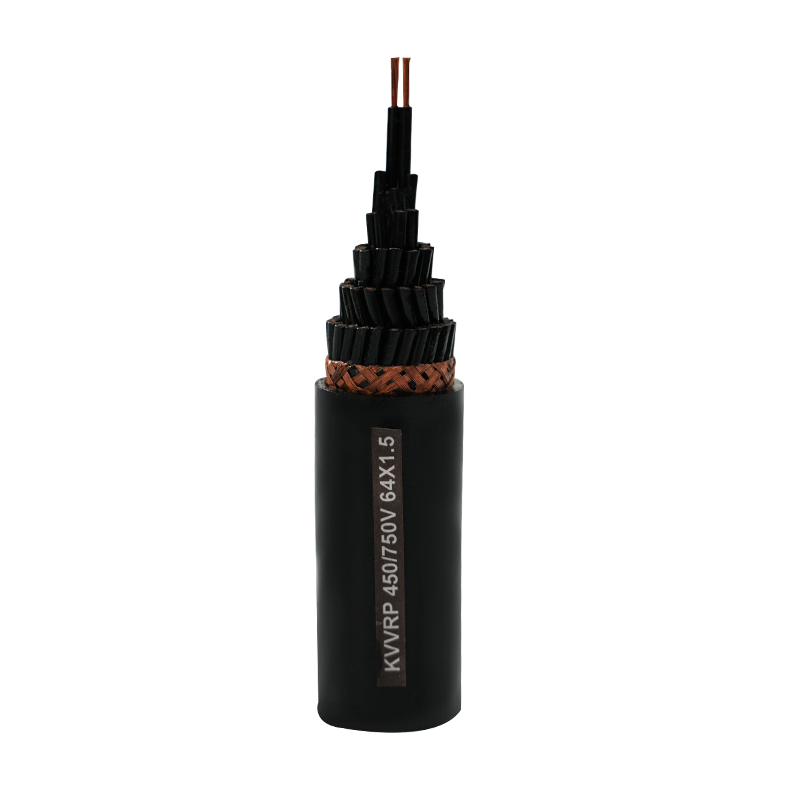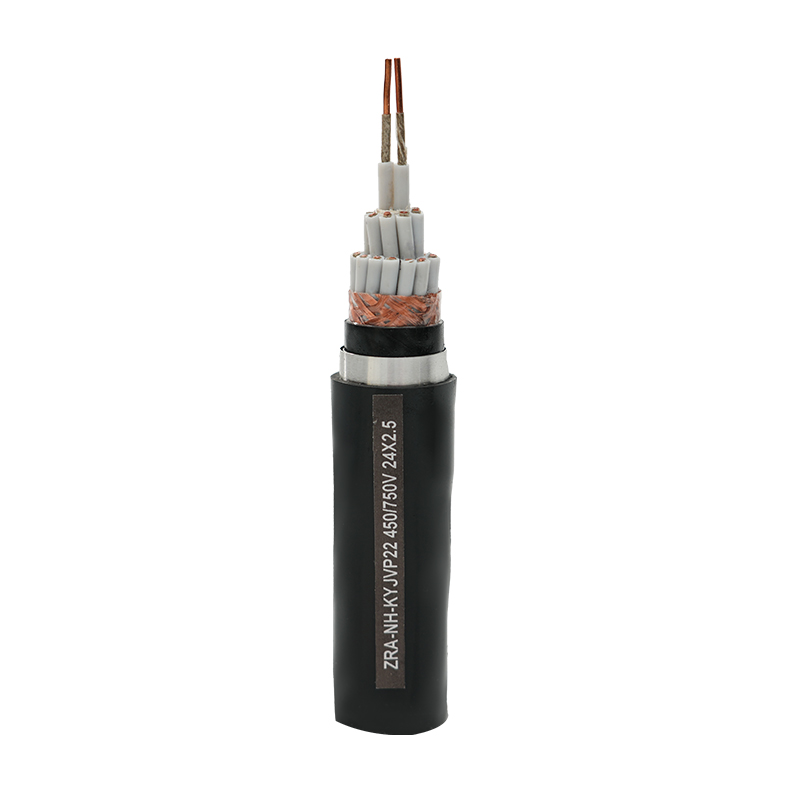1. Technological breakthrough: performance jump from materials to processes
Against the backdrop of the popularization of smart grids and new energy, Low voltage XLPE power cable is reshaping the power distribution field with technological innovation. The polyethylene molecular chain is formed into a mesh structure through the crosslinking process, and its working temperature upper limit is increased to 90℃, which is 30℃ higher than traditional PVC cables and the current carrying capacity is increased by more than 25%. The application of material modification technology (such as the addition of nanofillers) improves the aging performance of the insulating layer by 40%, and the breakdown field strength reaches more than 30kV/mm. In scenarios such as wet areas in the south and chemical parks, the service life can be extended by 15-20 years. The three-layer co-extrusion process further optimizes structural stability, with the peel strength between the insulating layer and the sheath reaching 8N/cm, significantly reducing the risk of failure caused by environmental stress.
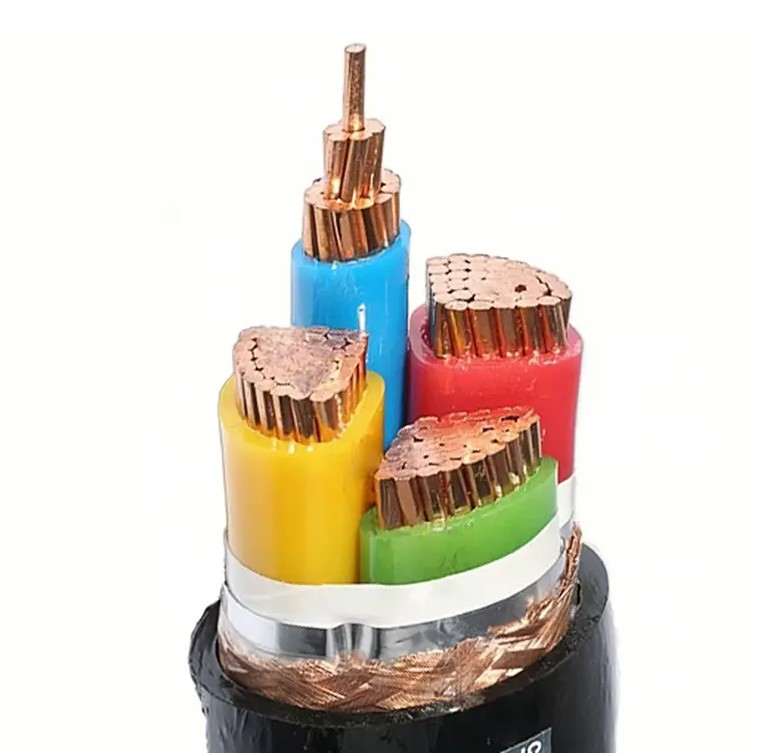
2. Market explosion: Three major scenarios drive demand growth
The global "dual carbon" target has accelerated the popularity of Low voltage XLPE power cable. The global market size exceeded US$8.5 billion in 2023 and is expected to expand at a compound growth rate of 7.2% by 2030. The core driving force comes from three major areas:
(I) New energy infrastructure
In distributed photovoltaic and energy storage systems, the high temperature resistance (125℃ short-term overload resistance) and ultraviolet resistance characteristics of Low voltage XLPE power cable have become key advantages. Data from a 10MW photovoltaic power station shows that the annual loss rate of XLPE cables is reduced by 1.2%, and the annual carbon reduction is about 200 tons. Its compact structure (10% smaller than traditional cables) also saves 30% of installation space for high-density layout of energy storage equipment.
(II) Urban distribution network upgrade
In the renovation of old communities and underground pipeline projects, the high flexibility of Low voltage XLPE power cable (minimum bending radius 15D) solves the problems of traditional cable construction. In Shanghai cable grounding projects, its application proportion exceeds 65%, while the construction efficiency is improved by 50%, while the maintenance cost within 5 years has been reduced by more than 20% due to its corrosion resistance.
(III) Industrial automation field
In intelligent manufacturing scenarios, the anti-electromagnetic interference performance of Low voltage XLPE power cable (shielding efficiency ≥90dB) ensures the stable operation of industrial robots and automated production lines. Data from German automobile factories show that the failure rate of its distribution system equipment is 40% lower than that of traditional cables, and the annual downtime is reduced by 120 hours, directly increasing production capacity by 3%.
3. Challenges and Transformation: Green Manufacturing and Circular Economy
The industry's development faces two major bottlenecks: the energy consumption per ton of cables in traditional steam crosslinking processes reaches 500kWh, and chemical recycling of waste cables is difficult. In this regard, silane warm water crosslinking technology reduces energy consumption by 30% and achieves zero wastewater discharge; chemical depolymerization technology has achieved 90% material recovery in the laboratory. The EU's "New Battery Law" plans to require the XLPE cable recovery rate to be no less than 85% in 2030, promoting the industry to establish a "production-recycling-regeneration" closed loop.

 English
English 中文简体
中文简体 русский
русский عربى
عربى